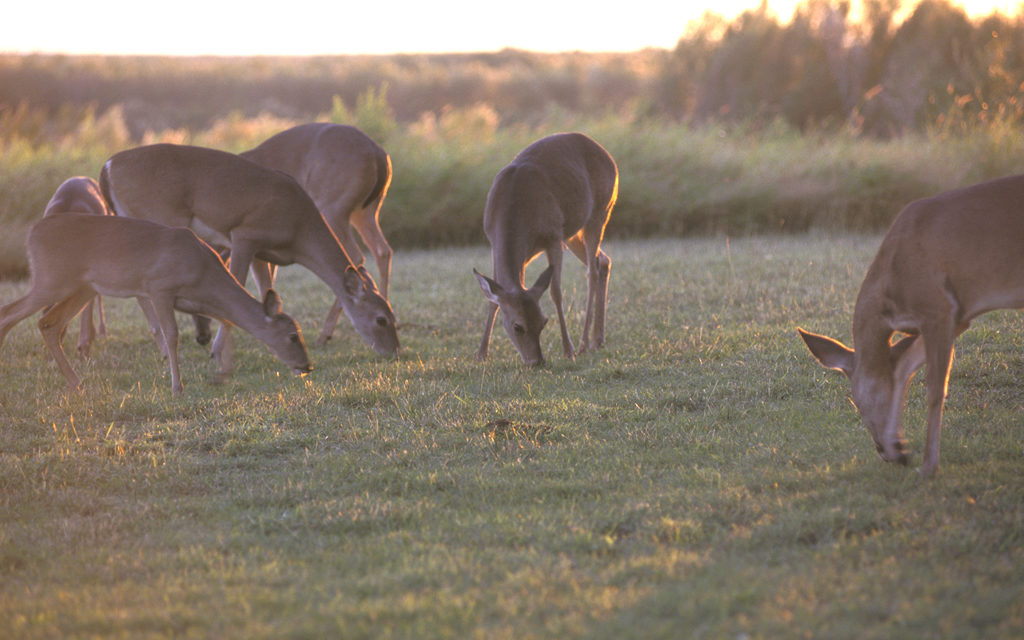Chronic wasting disease (CWD) can sneak up on you. It’s a progressive brain disease that affects deer, elk, and moose, and, once contracted, it’s fatal. Curtains. Lights out. Life’s over.
Unless readers live or hunt in an area where CWD-diseased deer have been discovered, they may not understand the potential danger.
There is no cure for the disease. No vaccine. On top of that, it is initially un-detectable by observation. Only in the latter stages does an animal display tell-tale signs. And by that time, the infected critter could have passed the disease to other animals in the herd. The disease is spread from animal-to-animal and is also capable of being contracted from the environment. And that’s perhaps the biggest fear.
Granted, most of Texas has few moose, if any, and elk are not abundant. But Texas has roughly four million white-tailed deer, found in most counties. Many communities benefit greatly from the influx of hunters into their economies and from folks just admiring deer. White-tailed deer are far too great a resource to risk losing.
Is that a risk? At present, the disease is being confined, although more cases have recently been detected. Since it’s incurable, the only thing to do at present is to keep it from spreading. Texas Parks and Wildlife Department and the Texas Animal Health Commission have studied it extensively and adopted rules to address just that. Since the symptoms – weight loss, lowering of its head, drooling, walking in repetitive ways, and general non-responsiveness — are not noticeable in a deer for years, the main method of detection is post-mortem brain examination. A live test is under review but hasn’t been approved as reliable.
Initially, although existing in other states, CWD had not been detected in Texas. The first Texas regulation consequently prohibited importation of live deer. Deer breeders opposed it, unsuccessfully. Many hunter-killed deer and road-kill specimens have been tested, and all deer that die in breeder pens must be tested. Over 125,000 total samples have been tested since 2002. Through testing, four CWD-diseased whitetails were discovered in breeder pens. More restrictions were placed upon breeders who moved deer for release into the wild.
Currently, 116 cases of CWD have been confirmed in Texas through testing. Ninety of those were from breeder pens or liberated deer from their pens. Their business is breeding and selling deer.
A lawsuit by two Texas breeders challenged the rules and claimed ownership of deer. The trial court held for the breeders, but the case is on appeal. The TPWD Code says wildlife belongs to the people of Texas. Legislative authority and responsibility to protect and conserve the states’ wildlife resources is vested in TPWD. A similar Missouri Supreme Court case this summer unanimously held that even confined wildlife is still “wildlife”. Though not binding upon Texas courts, most courts usually at least consider other appellate courts’ decisions for their reasoning and possible application.
All we know now is that there is no appeal from CWD.
JJ





